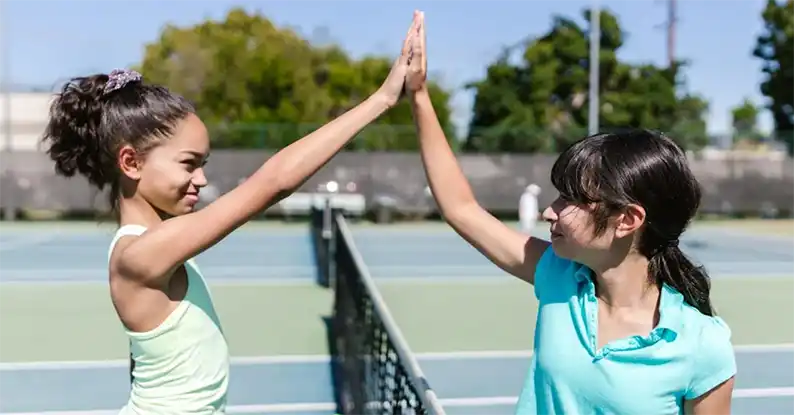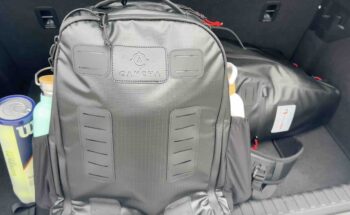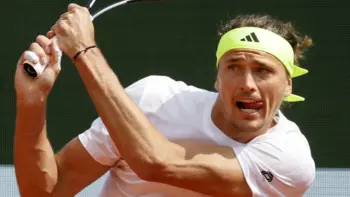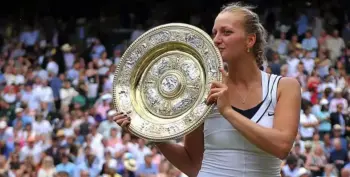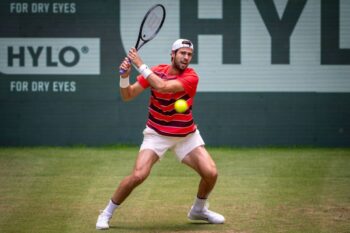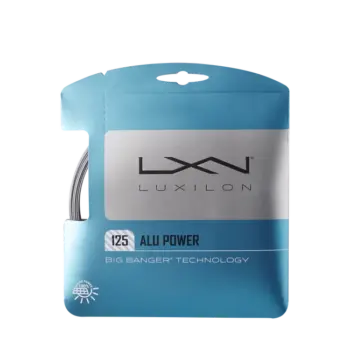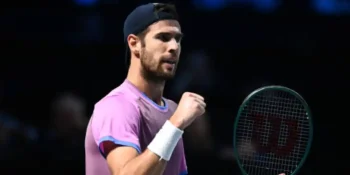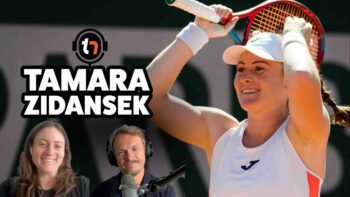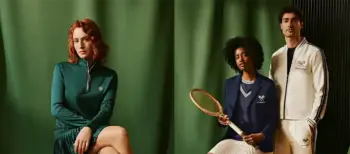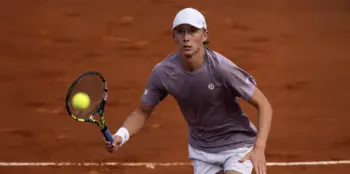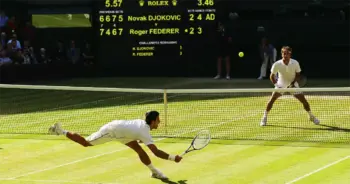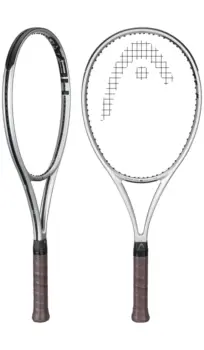I have recently read a book about the effect of sitting on our health, which included also a stunning part about how activity in our lives declined through the years. And this includes children as well, who not only get less and less proper sports education but also tend to sit more and more at home. If your kid plays tennis, chances are that they already are moving more than the average today, but both adults and children cannot compensate for a day full of sitting by one sport activity.
There is a clear case to have your kids train their body early, but of course you only want safe and healthy training for your children. Here are a few things to consider, no matter if your kid is on the verge of winning Roland Garros juniors or not.
Also check our guide to the best kids racquets on the markets.
The importance of movement training
I would not necessarily consider strength training for juniors and children to be strength training. You don’t want to load up a 13-year-old’s spine with a lot of kilos and have them squat a one rep maximum lift. But you want to make sure that they know how to do a proper squat and how to organize and stabilize their body, so that they are prepared for the stress of everyday life and tennis. Compare your body to your car at home – you can go on half full tires, no oil and leaded gasoline for so long, but sooner or later the mileage will wear it down. To avoid bigger problems with your body at later stages, it pays off big time to start training at a younger age.
Another reason is also to prevent larger injuries. People who move more proficient and organized will be less likely to sustain injuries, as they will not be caught in compromised positions as easily. Longevity and consistency will be key to any career for a junior, so this is definitely something you would want to address.
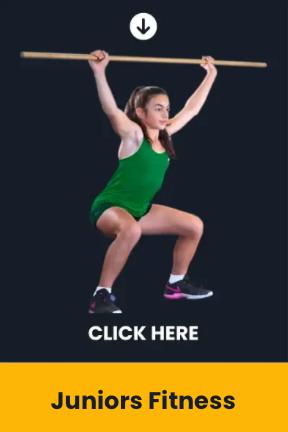
Get 10% discount with code TENNISNERD
How to adapt regular strength training for kids
If you want your kids to train properly, then you definitely don’t want to take away from the range of motion. Children get born into this world with a perfect mobility – check out a toddler squatting and standing up, there is no limitation by design. You want to teach kids how to control and keep this full mobility, meaning that they can control and organize their body throughout a variety of movements.
So, if we have a basic barbell squat on the menu for adults, we don’t want to change the movement but rather the added weight. For a kids’ training you would go for a full-range motion through the squat yet but depending on age maybe for an air squat or a goblet squat. Both options teach full and controlled movement with lighter weight and less stress on the spin.
Other options would be to add rubber bands, e.g. between the knees, to further stress ideal form without increasing external weight. This will force the kids to actively push their knees out, stabilizing the movement and safeguarding knees and hips. Other leg exercises I would recommend for kids are things like jumping lunges, banded walks or banded good mornings.
For the upper body it goes the same way – you want to focus on stability and good body coordination instead of sheer weight. Think of full-range push-ups instead of bench press, pull-ups or variations instead of heavy rows and a lot of banded pulls to address the shoulders. A good rule of thumb is that exercises that are accessory or prehab for adults can be good starters for kids. Take this shoulder program for example, which makes a great strengthening work for any age group in tennis:
Things to stay away from
As mentioned a few times, I would not recommend doing heavy lifting at a young age. There are quite some conflicting scientific approaches about this, but you want to make sure that kids understand movement patterns used in strength training first, before they attack the weightroom. The same accounts for explosive strength work – let’s say you want to do high jumps before teaching a proper squat. The fundamental movement is the same and if you knees cave in when loading for the jump, the possibility of injury increases again. So also here you want to teach the following basic movements:
- The squat: air squat, banded squat, goblet squat
- The hinge: Good morning without weight, banded good morning, light dumbbell deadlift
- The press: push-ups on the knees, regular push-ups
- The pull: banded rows, assisted/negative pull-ups, pull-ups
- The lunge: air lunge, walking lunge, jumping lunge
If you have taught these basic principles, you can combine them and add explosivity or tempo first, before adding weight at a later stage. In any case, kids will be much more prepared for the stress of tennis and training later on.
